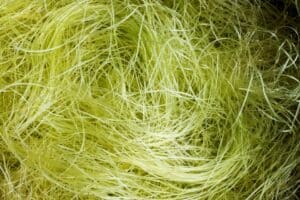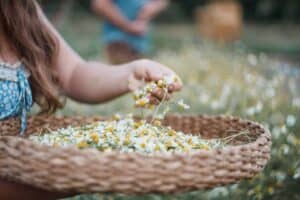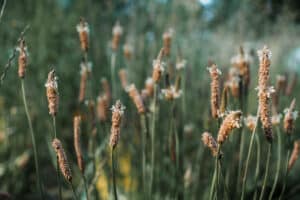Is all herbal research trustworthy? If you’ve ever Googled an herb to learn more and saw lots of research papers about it, can you trust them? Herbal research is tricky since there are a lot of things that can go wrong and right with them that make the results tricky to decipher.
Even though understanding herbal research isn’t 100% necessary as a clinical herbalist, it can introduce novel uses of plants, and of course, knowing the chemistry of an herbal makes you a much better medicine maker. With a few pointers, you can learn how to tell if the scientific research you read online is trustworthy.
In today’s blog post, you’ll discover:
- Signs that a piece of research was funded by an organization with an agenda
- The differences between in-vivo, in-vitro, and clinical research, and which is best
- Ways science can back up traditional knowledge about plants
- The dangers of believing any research article about herbs you find
- Some of the most common things that make an article untrustworthy
Table of Contents
Is all herbal research reliable? Conducting a scientific study on an herb takes a lot of effort, time, and money. But does this guarantee that the study’s results are trustworthy? I’ve been pondering this question for quite some time.
Science is incredible and gives us deep insights into the world, revealing amazing things. However, it can also fail to account for some of the ways plants work that can’t be quantified or measured. I think of this as the magical and miraculous nature of medicinal herbs. It’s the ineffable quality that makes plants work as a whole, not just as a mix of chemicals.
Over the years, I’ve noticed that herbalists can sometimes split into two camps: those who follow traditional views and those who lean heavily on science. Fortunately many can bridge the gap, but I’ve also seen it lead to disagreements, with scientific herbalists scoffing at traditional ones, and vice versa. But the truth is, there’s valuable knowledge in both approaches. By learning from each other, we can blend the best of both worlds to strengthen our herbal community.
Traditional herbalists might follow practices like Western herbalism, traditional Chinese medicine, Ayurveda, or Tibetan medicine. On the other end of the spectrum, scientifically driven herbalists focus on using plant phytochemistry to guide their practice. I’ve noticed a strong skepticism in many scientifically-minded herbalists towards traditional methods, and an overall mentality that “nothing is true until confirmed by science.” However, isn’t science about keeping an open mind and questioning established beliefs? From my point of view, outright dismissing tradition until it’s scientifically verified doesn’t seem very open-minded or scientific.
Traditional herbalism has effectively treated conditions for centuries and developed over thousands of years, showing that we don’t need modern research to prove its efficacy or worth. In today’s science-focused world, there’s often pressure to scientifically “prove” everything. However, some things are true and valuable regardless of scientific validation. To me, the long history of successful use is proof enough, and I don’t see a need for these herbs to undergo further lab analysis to confirm their legitimacy.
That said, sometimes research can point us in the direction of new and interesting ways to apply our plants, especially with the emergence of new diseases and the re-emergence of diseases we thought were long gone (such as the alarmingly higher incidences of syphilis and scarlet fever).
Back to the question of whether all scientific research on plants is trustworthy, the answer isn’t straightforward—it depends! Whether you lean towards a scientific approach in herbalism or come from a traditional background but want to learn how to understand scientific studies, there are some specific things you need to look out for. By familiarizing yourself with these factors, you can better assess the reliability of a study and determine whether or not the research and findings are trustworthy.
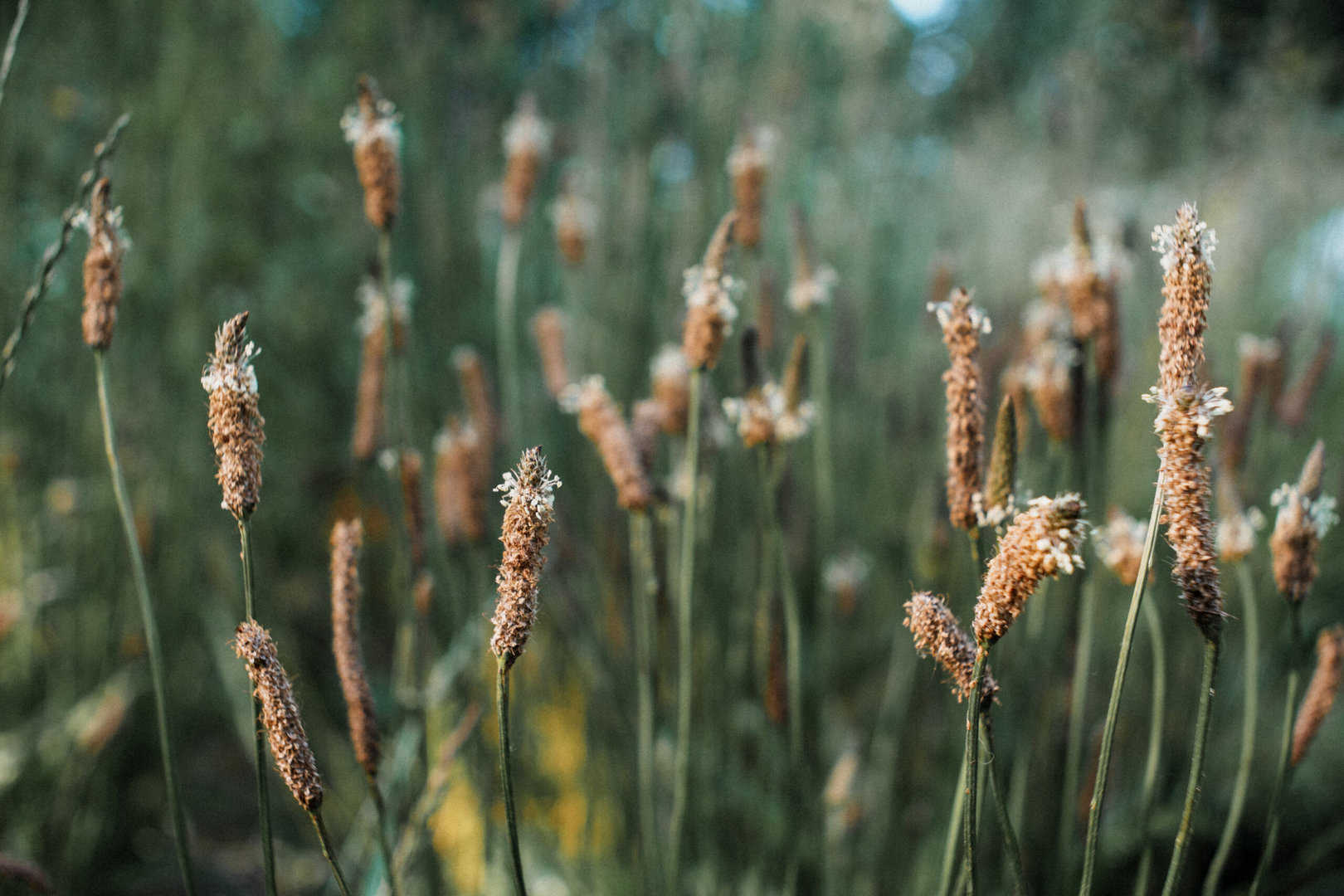
A Critical Eye
Scientific journals and research papers aren’t exactly light reading—they’re often lengthy, filled with complex vocabulary rarely used in everyday conversations, and their conclusions can be vague at best.
If this didn’t make you feel discouraged already, there are other things you need to account for as well. Critical considerations like the study’s funding source, accuracy in using the herb- such as form, dosage, duration of the study, etc- and other factors play a significant role. By learning about these nuances, you can ensure you’re understanding the study results correctly and see whether or not the information is trustworthy.
The most important quality to have when reviewing scientific research on plants is a critical eye. Some things you need to look out for include design flaws, unjustified conclusions, and questionable funding sources. During my time at Bastyr University, we took an entire series of coursework on herbal research. This included reading scientific studies and assessing their credibility, strengths, and weaknesses. While some studies were impressive with compelling conclusions, many others were misleading.
Despite having a critical eye, it’s important to me to emphasize the invaluable role science plays in our lives. However, we need to remember that science, like everything else, needs to be balanced and cannot provide the answer to every question we have. One of the best ways you can find this balance as an herbalist is by blending traditional knowledge with scientific findings to develop a well-rounded understanding of the plants.
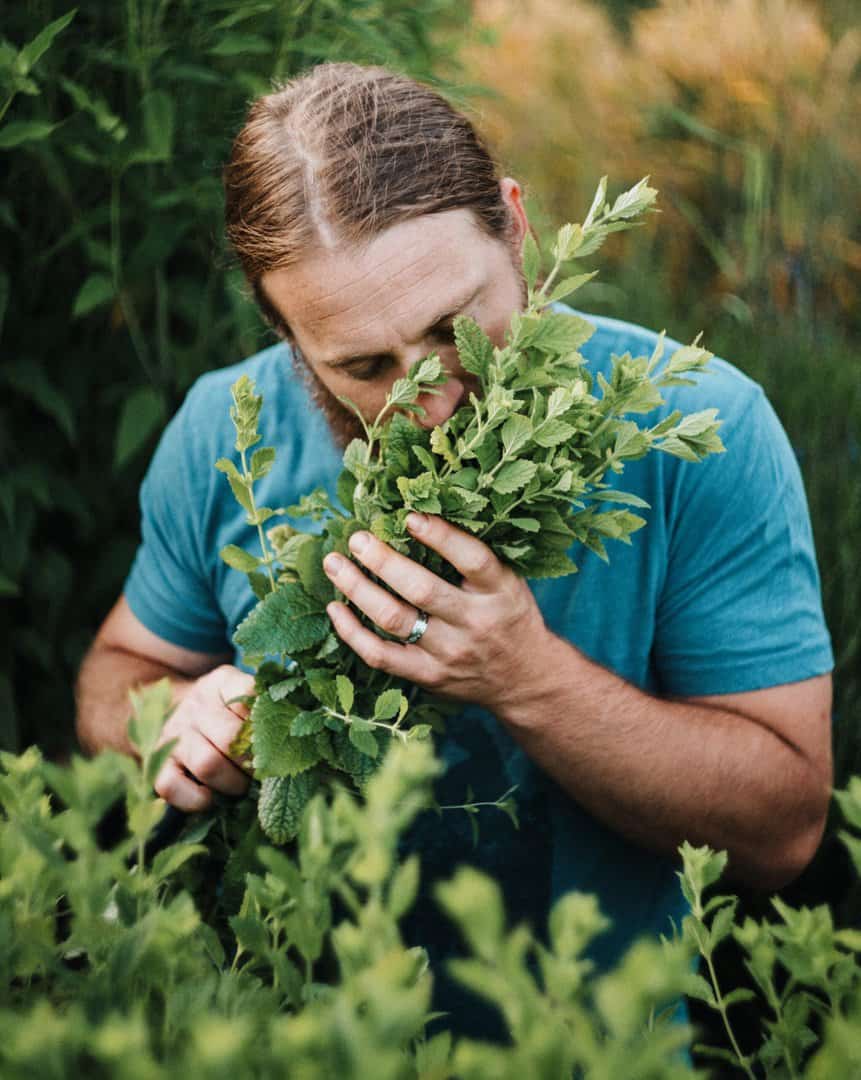
Different Types of Herbal Research
The four main types of herbal research you’ll come across include chemical analysis, in-vitro research, in-vivo research, and clinical research. Each is very different from one another, and I think some are more applicable and trustworthy than others. Let’s dive into each one.
Chemical Analysis
The first and most basic type of herbal research is chemical analysis. In this process, high-performance liquid chromatography, gas chromatography, mass spectrometry, or other scientific methods are used to decode the chemical constituents of plants.
Chemical analysis is fantastic and can help us understand the chemical profile of herbs on a much deeper level. Although knowing a plant’s chemical profile may not make you a better clinical practitioner, it can make you a better medicine maker. By knowing the chemicals present in a plant, you can choose the most effective menstruums (solvents) for extraction, preparing potent, broad-spectrum concentrates of the plant’s active compounds.
In-Vitro Research
The term “in vitro” refers to experiments conducted in petri dishes. In this kind of research, scientists might place a culture, like the influenza virus, into a petri dish and apply herbs to see if they can kill the virus. There’s a lot of in-vitro research on plants, but there’s one problem: humans aren’t petri dishes.
In-vitro research, due to its isolated nature, doesn’t accurately represent the complexity of the human body. For example, the influenza virus affects specific tissues, and when you ingest an herb, it needs to be metabolized and pharmacokinetically travels through your body to bind to certain receptor sites to provide an immunological response, or come into direct contact with the pathogen.
While in-vitro studies are interesting, they don’t fully apply to how herbs work inside the body. Much of this research looks at the antimicrobial and antiviral effects of herbs based on their interactions with microorganisms in a controlled environment. Although these herbs might be effective when applied to the skin, things become far more complicated when ingested because the body’s organs, organ systems, tissues, biochemical interactions, and metabolic transformations add dimensions that a simple petri dish experiment cannot replicate.
A good example of this is the supposed antiviral activity of Licorice root (Glycyrrhiza glabra). Yes the compound glycyrrhizin does display “antiviral” activity in-vitro, which has led to a multitude of herbalists using it in a way that actually doesn’t work. This is because when glycyrrhizin is metabolized little to none of it ever even enters the bloodstream. The most effective way to apply it is topically, typically for herpes simplex viral lesions. From my perspective, in-vitro research has its best applications for the application of herbs topically.
In-Vivo Research
“Vivo” comes from the Latin word for “life,” making in-vivo research a step closer to reality than petri dish studies because it examines effects within a living organism. This type of research typically involves animals, especially rodents. However, there’s a big jump from rodent-based findings to human applications. Considering how different these two bodies are, I don’t think the results observed in rodents necessarily translate to humans.
When I come across rodent research, I find it interesting, but I remain somewhat skeptical. If the findings align with traditional uses of herbs, it feels affirming. But, if the results completely contradict established practices, I’ll only take them into loose consideration and won’t let them override centuries of traditional wisdom.
That said, sometimes animal research can begin to pave the way for novel uses of the herbs which would warrant further study. In my opinion, just because an herb does something in a rodent does not automatically make it applicable to people.
Clinical Research
Clinical research involves conducting well-structured studies where people are given herbs, and the outcomes are measured. These measurements can include changes in biochemical markers, symptom improvement, or other relevant metrics. In my opinion, clinical research is by far the most valid form conducted on herbs today.
Clinical research often includes large-scale studies involving people with a specific condition. The research may test how some people respond to the herb, others to a placebo, others to a drug, and sometimes a mixture of the three. There are many different ways a clinical trial can be arranged, and this is just one example.
I think this method is the most accurate for herbal research because it directly observes the herb’s effects on human health, which is fundamentally different from in-vitro or animal studies. For herbalists, clinical research is the most applicable and valuable form of scientific study, offering us insights that can help us potentially find novel uses of herbal medicine.
That said, there are still ways that clinical research can be innately flawed and untrustworthy…
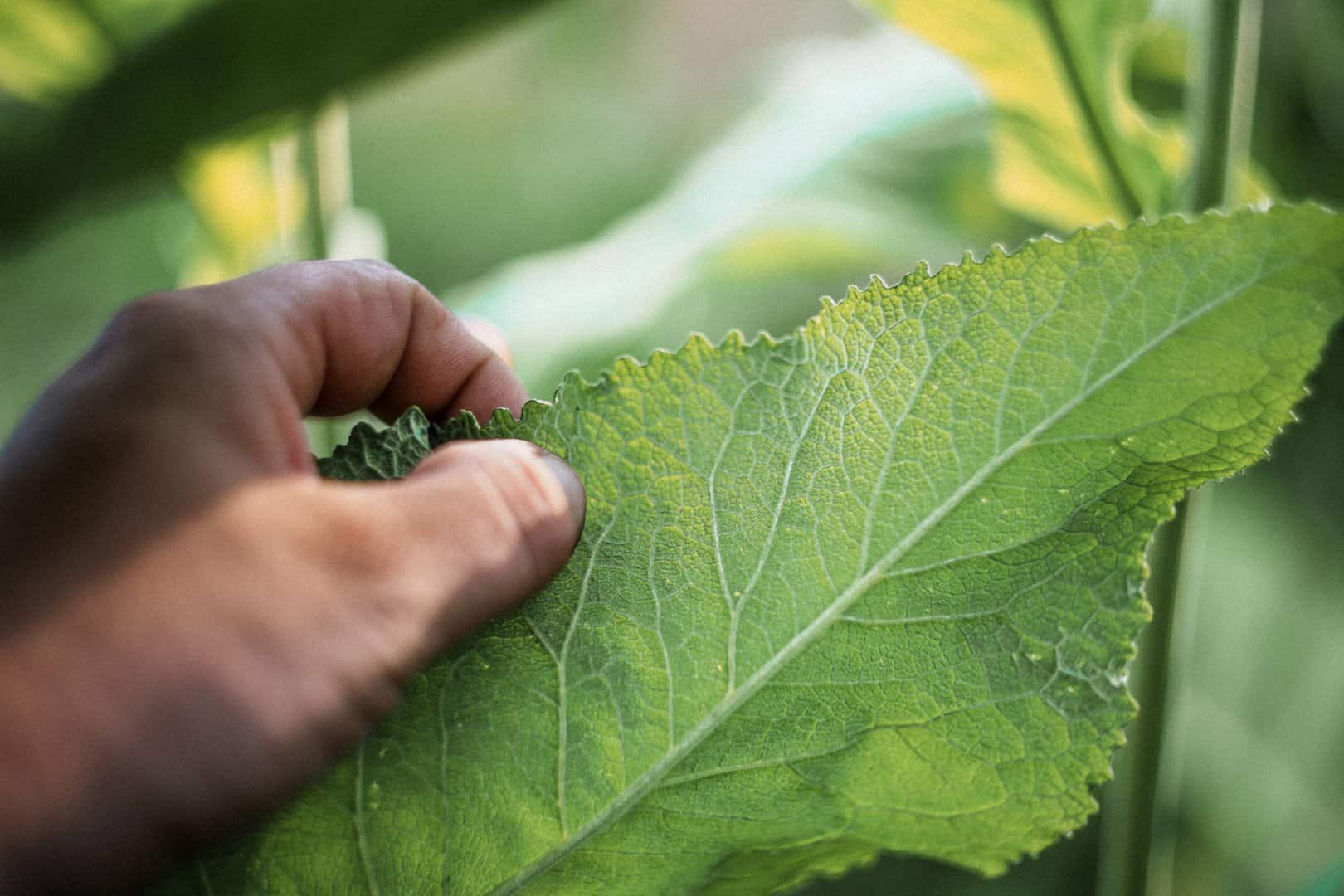
Design Flaws
Even though clinical research is our most reliable source of scientific information on herbs, you still need to be aware of certain aspects to determine if a study is credible. The first thing to look out for is underlying agendas. The simplest way to determine this is by seeing who funded the study.
It’s common for companies to sponsor research to prove their product is effective. While not inherently wrong or bad, you need to have a critical eye when assessing these studies since it’s in the company’s best interest to present their product in a favorable light, potentially influencing the results to appear more positive. Indeed, some studies are designed in a way to make results look good.
The second thing to watch out for is whether a study has been poorly designed. During my time at Bastyr University, I’d occasionally find studies with impressive results, only to find out that the design was flawed and didn’t reflect the full reality. It’s important to know that not all studies are well-designed, and some contain flaws that significantly impact their conclusions. A common mistake in herbal research is incorrect dosage, frequency, preparations, or only focusing on isolated compounds.
Although it’s easier to isolate compounds and study them separately in a lab, herbalists don’t use isolated compounds– most of us use whole-plant remedies. Thus, it’s vital to note the form in which the herb is administered (ie: tincture, infusion, standardized extract, constituent isolates etc), the dosage, and the frequency. These factors are essential for determining whether a study has been conducted correctly and how to interpret its results.
Often, when researchers declare an herb with a long history as ineffective, it’s because they messed up in one of these areas. Although herbalists hold the information about correct dosages, this information can be overlooked by scientists in a laboratory setting. For example, giving a small dose of an herb administered once a day might not show results, but that’s not because the herb isn’t effective. Instead, that particular herb might require larger doses multiple times a day to show results.
Another factor to assess is the duration of the study. Some research studies might last only a few weeks, whereas the herb in question needs several months to demonstrate effectiveness. This highlights the importance of not taking scientific findings at face value and doing a thorough investigation of each study you read.
The third design flaw to watch out for is when studies have broad generalizations from specific findings, known as extrapolations. An example of this is conducting in-vitro studies and concluding that what happened in the petri dish will happen in the human body. Just because an herb shows “antiviral” activity in a controlled lab environment doesn’t guarantee it will perform similarly in the human body. Therefore, we need to be wary of studies that jump to conclusions based on limited information. By looking out for these different design flaws, you can determine which herbal research studies are trustworthy, and which are not.
Because of these design flaws, I feel that it is important for us to cross-check people’s references when referring to scientific studies. The internet is currently clogged with a ridiculous amount of poor information about plants, some of which are referencing science either without proper references of the studies, or misinterpreting what the study is saying. This happens a lot of herbal “antivirals.”
A good example of this is Lemon Balm (Melissa officinalis), commonly claimed to be “antiviral” and now used for all manner of viral infections. But if we consider the studies done on this plant, it really only has its application topically for herpes simplex virus lesions, helping to reduce the nerve pain and discomfort of say a shingles lesion, and helping to reduce the viral load. But that does not mean that taking Lemon Balm tincture is going to kill influenza, COVID, or the common cold!
So there’s not only misinterpretation of results within studies themselves, but also misinterpretation by people reading the studies and propelling misinformation about herbs (or even may dangerously, misinterpretation of AI… but that’s a whole other (rather scary) conversation.
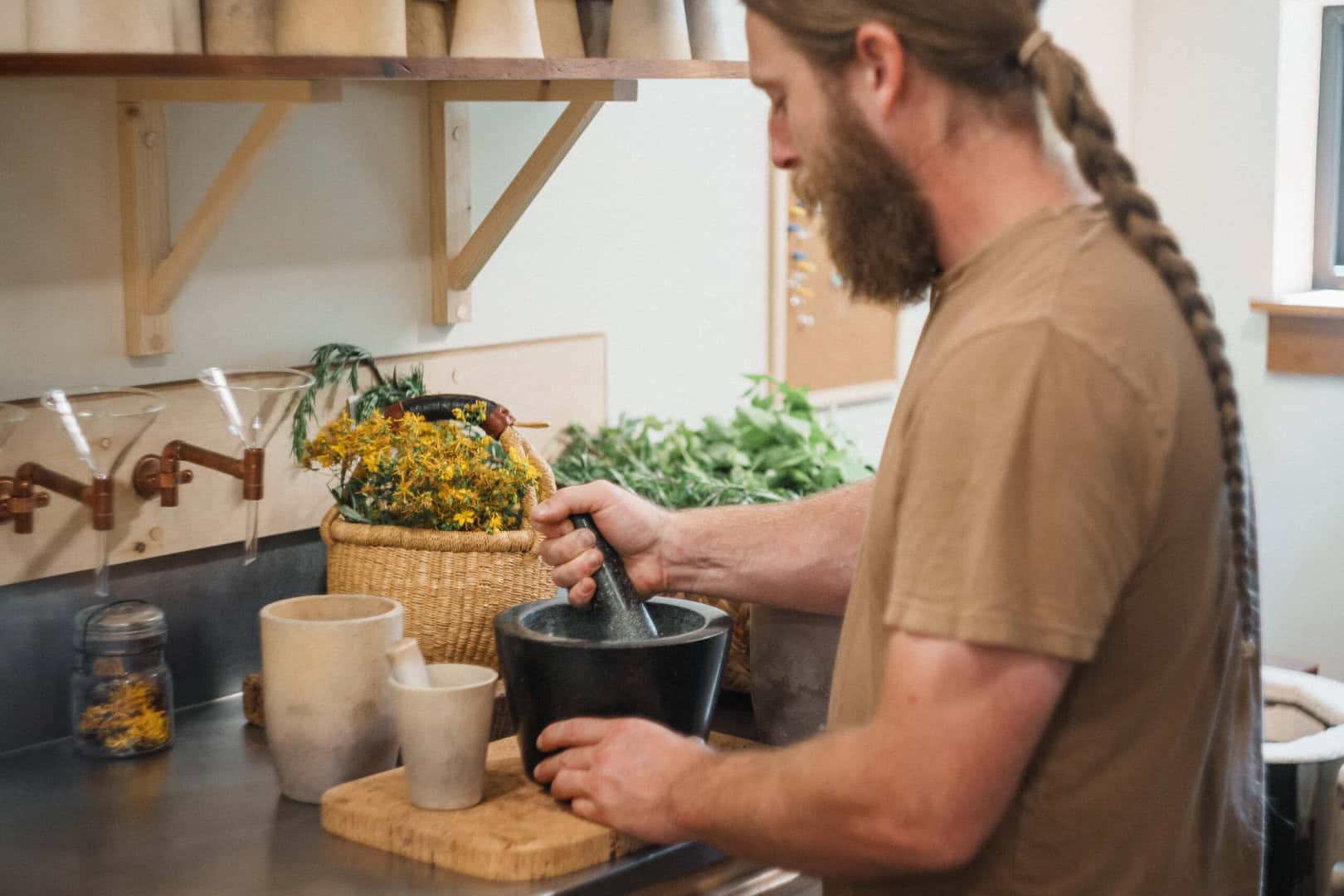
Science and Tradition in Harmony
Scientific research opens doors to a deeper understanding of plants, diseases, the human body, and paths to healing. It also deepens our appreciation for medicinal plants and their complex healing properties. As we navigate new illnesses, science empowers herbalists to treat new conditions with ancient remedies. However, we still need to remember to balance scientific findings with traditional knowledge and respect the mysteries that science has yet to uncover.
In my vision for the future of herbalism, scientific research does not replace but enhances and deepens our knowledge of herbs. We can already see how science affirms our understanding of the relationship between an herb’s taste and its active compounds—warming herbs often have circulatory-stimulating aromatics, moistening herbs are rich in mucilaginous polysaccharides, and drying, astringent herbs contain tannins. It’s moments like these that show us how science and tradition can work together in harmony.
In today’s world, we all need more discernment, sound judgment, and a willingness to look beyond the surface. While quality research can deepen our understanding of herbs, flawed studies can cause an anxious storm of misinformation. An example of that was seen with the rumors and fear-mongering that Elderberry (Sambucus nigra) causes cytokine storms, derived from a single inaccurate study. Misinformation spreads like wildfire, and once spread, it’s hard to contain.
So can you trust all herbal research? No, but that doesn’t mean all herbal research is untrustworthy. The key here is learning how to decipher whether or not a particular study is trustworthy through examining biases, extrapolations, and methodological soundness. Some studies may have been done well, but are biased by funding. Others might draw unwarranted conclusions, and some are fundamentally flawed from the start. When reviewing herbal research, be prepared to dig deep and look beyond the surface. Although many studies have their shortcomings, sometimes you’ll find one that expands your perspective on herbs and makes all the time and effort you spent researching feel worthwhile.


